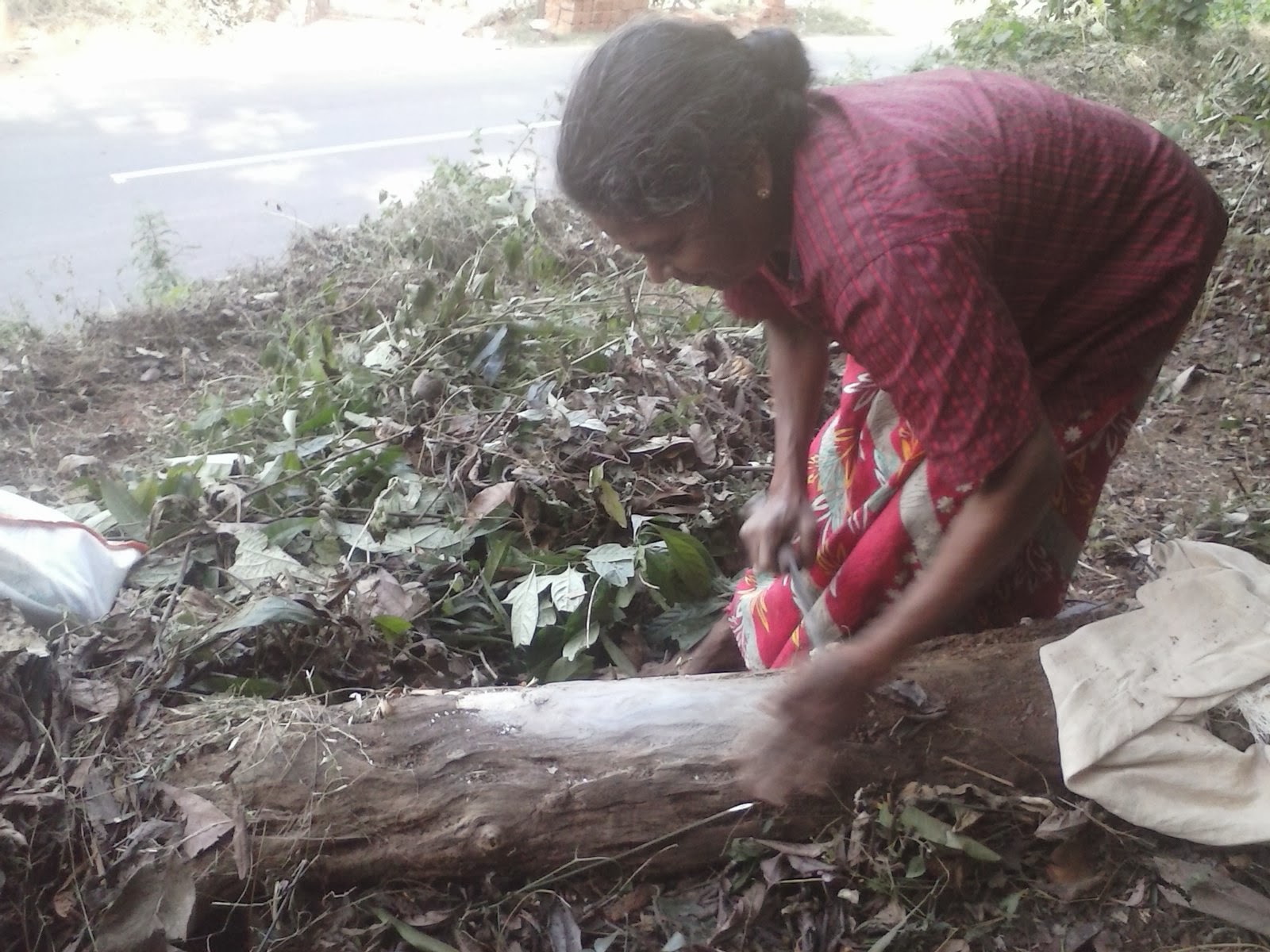I joined Orient Craft on 16th June, 2014. To remind you all, I was selected through campus placement in NIFT Delhi.
Today we went to the 7D Unit of Orient Craft. The main focus for today was Safety & Compliance policy. We came to know about needle detection parameters of the company. They are very conscious about this matter due to sensitivity of the issue. If buyer find that there is a needle in any garment then they will reject whole order and vendor have to bear loss of 8 to 14 million rupees. Kids wear are being checked repetitively to ascertain that there is no sharp object in garment. The needle size plays an important role when it comes to stitching the particular type of fabric. For instance, DB x 9 is being used for light weight fabric like chiffon, velvet etc. DB x 12 or 14 for medium weight like shirt fabric and DB x 16 or 18 for heavy wight fabric like Denim, woolen.The technicians, mechanics and Quality Analyst sign the compliance form to make sure that there is no discrepancy in whole needle issue.There are other issue like button pulling test. The rabbit ears shape like thread should come out which is minute compliance but still important one.
Then Second half Production planning control group came and gave us brief info. about the PPC procedure. The central PPC is run by the 7D Unit Gurgaon. The marketing division is headed by 80P Unit.
Then working of Logistics department was conducted later. Logistics department move along the style from the beginning itself. After the order from the buyer the average fabric consumption is calculated. So based on this information merchant or sourcing department procures the fabric. It is a longest time which generally takes 45 days with dyeing or printing. The fabric can be sourced from all around the world but Indian government encourages the local purchase as they give 10% rebate on this which is very profitable for vendors like Shahi, Orient Craft. If the vendors import fabric or trims from foreign country then they are liable to pay import tax. With this import there is decrease in Indian monetary value as money which foreign country bank will receive will be Indian Rupees. Thus there will be account deficit.
Then Production Cutting Date is decided. The cut parts is sent in bundles to production floor for stitching. Then there is finishing, packaging and dispatch. This whole process can take 60-90 days depending on the order quantity.
Today we went to the 7D Unit of Orient Craft. The main focus for today was Safety & Compliance policy. We came to know about needle detection parameters of the company. They are very conscious about this matter due to sensitivity of the issue. If buyer find that there is a needle in any garment then they will reject whole order and vendor have to bear loss of 8 to 14 million rupees. Kids wear are being checked repetitively to ascertain that there is no sharp object in garment. The needle size plays an important role when it comes to stitching the particular type of fabric. For instance, DB x 9 is being used for light weight fabric like chiffon, velvet etc. DB x 12 or 14 for medium weight like shirt fabric and DB x 16 or 18 for heavy wight fabric like Denim, woolen.The technicians, mechanics and Quality Analyst sign the compliance form to make sure that there is no discrepancy in whole needle issue.There are other issue like button pulling test. The rabbit ears shape like thread should come out which is minute compliance but still important one.
Then Second half Production planning control group came and gave us brief info. about the PPC procedure. The central PPC is run by the 7D Unit Gurgaon. The marketing division is headed by 80P Unit.
Then working of Logistics department was conducted later. Logistics department move along the style from the beginning itself. After the order from the buyer the average fabric consumption is calculated. So based on this information merchant or sourcing department procures the fabric. It is a longest time which generally takes 45 days with dyeing or printing. The fabric can be sourced from all around the world but Indian government encourages the local purchase as they give 10% rebate on this which is very profitable for vendors like Shahi, Orient Craft. If the vendors import fabric or trims from foreign country then they are liable to pay import tax. With this import there is decrease in Indian monetary value as money which foreign country bank will receive will be Indian Rupees. Thus there will be account deficit.
Then Production Cutting Date is decided. The cut parts is sent in bundles to production floor for stitching. Then there is finishing, packaging and dispatch. This whole process can take 60-90 days depending on the order quantity.



















